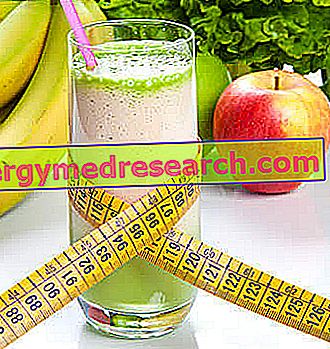
E330 CITRIC ACID
Citric acid is a compound found in all living organisms, as it participates in the metabolic processes of the various cells of the body. In nature it is found, in high doses, in citrus fruits, in strawberries, in kiwis in and in many other fruits, while industrially it is produced by the fermentation of molasses by the fungi of the genus Aspergillus niger.
Citric acid helps antioxidants to perform their antiradical action; this is due to its ability to fix the metals, preventing these substances from acting as catalysts in the oxidation reactions. Thus, citric acid is not an antioxidant compound in itself, but is especially used as a regulator of acidity and as an aromatic compound. Moreover, it helps to increase the compactness of jelly jelly and helps to reduce the formation of dark areas in fruit (or similar compounds) caused by enzymes.
Citric acid is contained in many foods, such as fruit juices and nectars, gaseous, instant soups, frozen fish, jams, creams, non-emulsified vegetable and animal oils and fats, chocolate, cocoa, baked goods, foodstuffs for infants, and even raw meats; in reduced dose, citric acid and its derivatives can also be added to frozen vegetables to preserve the "bright" color of the vegetables.
Citric acid is a component of body cells that is broken down and used by the human body without any side effects. In rare cases allergic reactions have been found. Furthermore, in high doses it can cause local and pyorrhea irritations.
ADI DOSE: /
It is also used in the form of its salts which are:
- E331 SODIUM CITRATE or SODIUM CITRATE → presents 3 subgroups:
- E331a MONOSODIUM CITRATE
- E331b DISODIUM CITRATE
- E331c TRISODIC CITRATE
Sodium citrate is a synthetically produced, but naturally-identical compound.
It can be contained in ice cream creams, sliced cheeses, effervescent drinks, sweets, wine.
At the moment it does not seem to have any negative side effects.
ADI DOSE: /
- E332 POTASSIUM CITRATE or POTASSIUM CITRATE → has 2 subgroups:
- E332a MONOPOTASSIC CITRATE
- E332b DIPOTASSIC CITRATE
Potassium citrate is a compound produced synthetically, but natural-identical and is used as a buffer for binding metal ions, as well as a nutritional source for yeasts (in special fermented products).
It can be contained in cheese, condensed milk, jam with reduced sugar content, powdered milk, cream, baked goods, dessert mixes, effervescent drinks, sweets, wine.
In people without kidney disease, it has no negative side effects, as it is eliminated through the urine.
ADI DOSE: /
- E333 CALCIUM CITRATE or CALCIUM CITRATE → presents 3 subgroups:
- E333a MONOCALCIC CITRATE
- E333b DICALCICO CITRATE
- E333c TRICALCICO CITRATE
Calcium citrate is the calcium salt of citric acid; once again, it is a compound produced synthetically, but naturally identical. It is used as a buffer to bind metal ions and improve the structure of canned vegetables.
It can be added to a few products due to the limited solubility, in particular to cheeses, confetti, effervescent drinks and wine.
ADI DOSE: /
| E300-E304 | E306-E309 | E310 | E311 | E312 | E313 | E314 | E315 |
| E316 | E319 | E320 | E321 | E322 | E325-E27 | E330-E333 | E334-E337 |
| E338 | E339 | E340 | E341 | E342 | E343 | E350 | E351 |
| E352 | E353 | E354 | E355 | E356 | E357 | E363 | E365-E367 |
| E370 | E375 | E380 | E381 | E385 | E387 | E388 |




